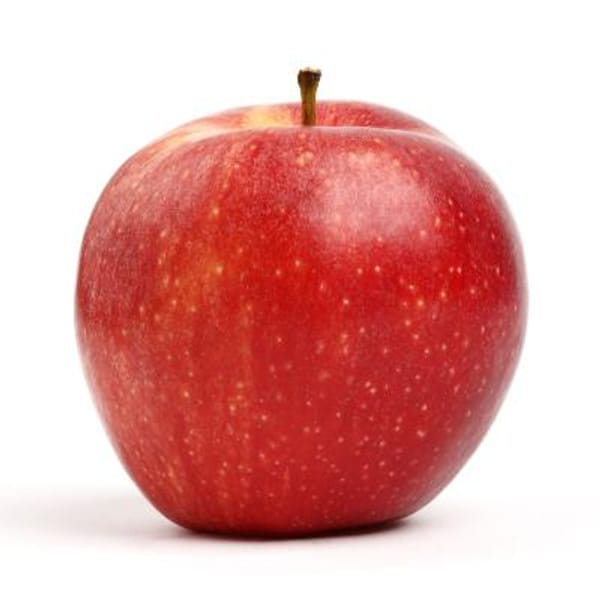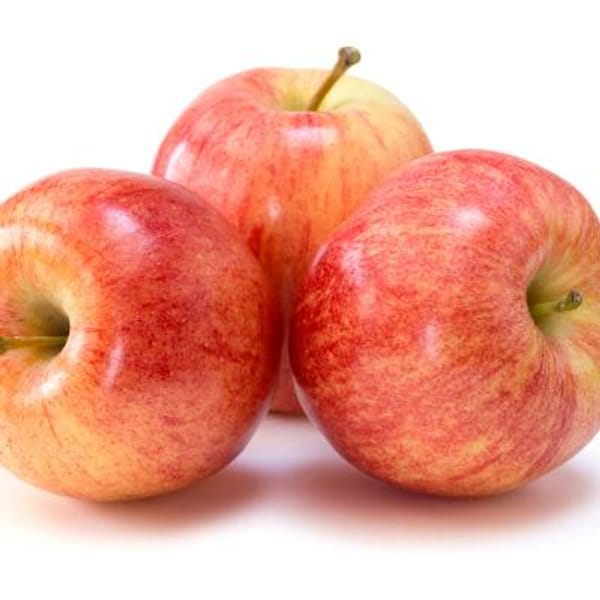Now Available! 5-Gallon Potted Bartlett Pear Trees in limited quantities.
Bartlett Pear- Variety Information
- The Bartlett Pear, also known as the Williams Pear, is famed for its sweet flavor, aroma, and juicy flesh.
- High-quality fruit with beautiful yellow-gold skin that encapsulates the cream-colored flesh within.
- The world's most popular pear, The Bartlett pear has an amazing aroma.
- Its creamy, sweet, and aromatic flesh is perfect for eating fresh, as well as for canning or adding to salads or desserts.
- Tree tolerates hot summers.
- The Bartlett Pear tree is self-fruitful in most western U.S. climates, elsewhere pollinized by Bosc or D'Anjou.
- The Bartlett Pear trees are late-blooming, tolerant of heavy wet soils, and a good choice for many areas.
- Plant at least two pear varieties for the best fruit set.
- USDA Zone 5-9, Requires 500-600 chill hours to set fruit.
- Protect when temperatures fall below -20°F
- Grafted onto OHxF87 semi-dwarf rootstock.
- Click here to view our "Fruit Tree Variety Chart"







